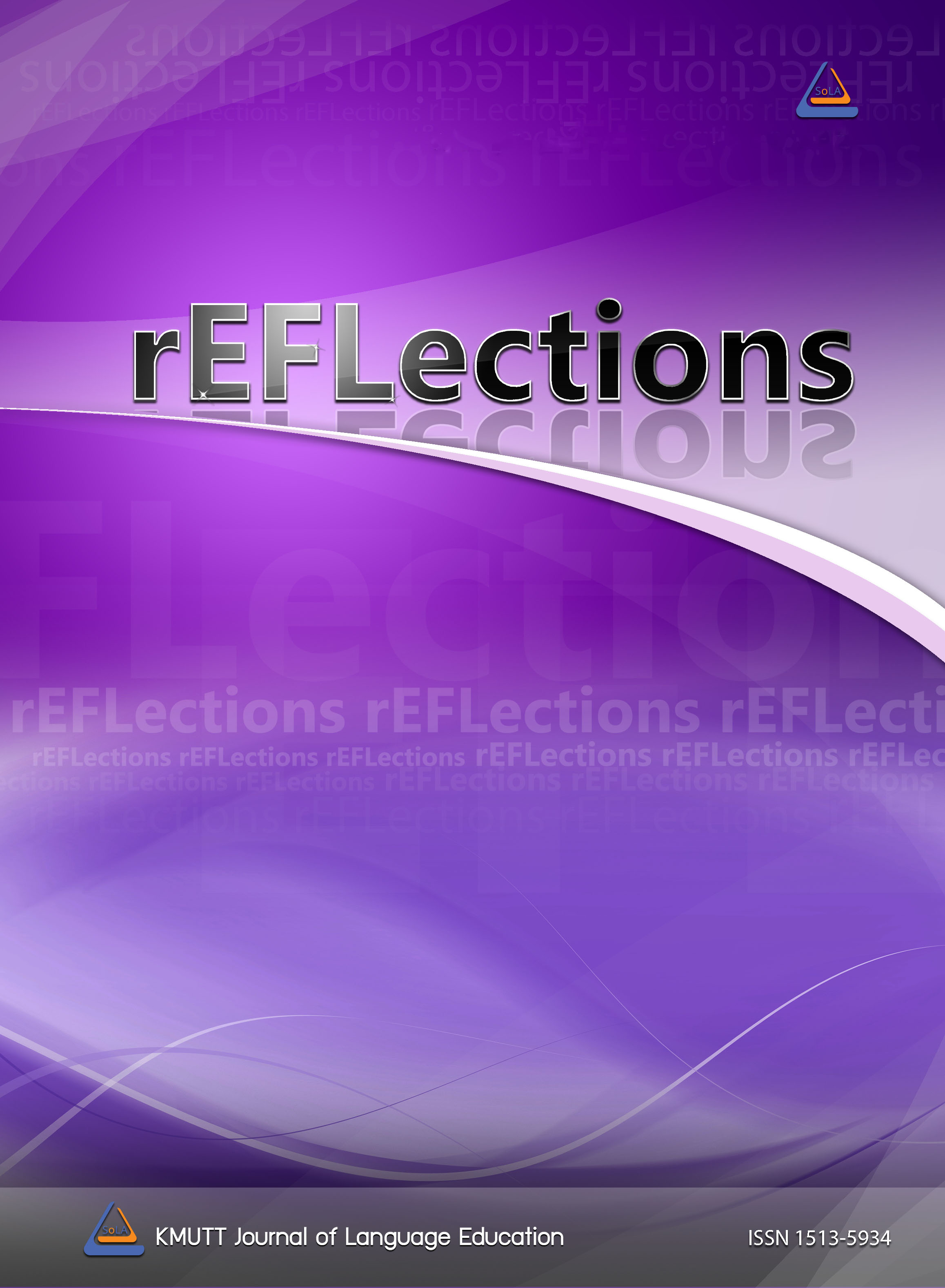A Multimodal Analysis of Political Cartoons and the Discourse of Palestinians’ Displacement: Sheikh Jarrah Case
Main Article Content
Abstract
This study aims to explore the political cartoons that highlight the displacement of Palestinians in the village of Sheikh Jarrah. It investigates the way this discourse is portrayed as well as the predominant themes of these cartoons. The data of this study consists of eight political cartoons drawn from Palestinian online newspapers from May to July 2021, featuring the displacement issue of Sheik Jarrah by well-known local cartoonists. Multimodal discourse analysis (MDA) in which language analysis is combined with the analysis of other semiotic resources including colors, gestures, images, etc. for interpreting meaning (O’Halloran et al., 2011), is adopted for the analysis. Visual Social Semiotics of Kress and Van Leeuwen (2006) is also used as a linguistic framework. The study asserts that understanding the three different aspects of the visual compositions, namely, representational, interactive and compositional, that serve as a semiotic mode of communication, is essential for conveying the intended message of the visual compositions. The study also identifies the predominant themes or messages of the selected cartoons, which mainly focus on two main points: (i) the tyranny and oppression of Israel over Palestinians through eradication and displacement; and (ii) the Palestinians’ struggle, steadfastness and resistance in the event of Israel’s forced displacement.
Article Details

This work is licensed under a Creative Commons Attribution-NonCommercial-NoDerivatives 4.0 International License.
References
Abdel-Raheem, A. (2020). Identity chains in newspaper cartoon narratives: An integrative model. Journal of Visual Literacy, 39(1), 1–26. https://doi.org/10.1080/1051144X.2020.1737905
Al Kayed, M., Kitishat, A., & Farajallah, H. (2015). Violation of the Grice’s maxims in Jordanian newspapers’ cartoons:
A pragmatic study. International Journal of Linguistics and Literature, 4(4), 41–50.
Al-Momani, K., Badarneh, M., & Migdadi, F. (2016). A semiotic analysis of political cartoons in Jordan in light of the Arab Spring. Humor, 30(1), 63–95. https://doi.org/10.1515/humor-2016-0051.
Alsaafin, L. (2020, Nov 29). Eviction of Palestinians in Sheikh Jarrah part of Israeli policy. Aljazeera. https://www.aljazeera.com/news/2020/11/29/eviction-of-palestinians-in-sheikh-jarrah-part-of-israeli-policy
Boqa’i, N. (2005). Patterns of internal displacement, social adjustment and the challenge of return. In N. Masalha (Ed.), Catastrophe remembered: Palestine-Israel and the internal refugee-essays in memory of Edward W. Said (pp. 73–112). Zed Books.
El Refaie, E. (2009). Multiliteracies: How readers interpret political cartoons. Visual Communication, 8(2), 181–205.
https://doi.org/10.1177/1470357209102113
El Refaie, E. (2012). Autobiographical comics: Life writing in pictures. University Press of Mississippi.
Haddad, M. (2015, May 15). Ethnic cleansing of Palestine. Aljazeera. https://www.aljazeera.com/news/2015/5/15/ethnic-cleansing-of-palestine
Halliday, M. A. K. (1975). Learning how to mean: Explorations in the development of language. Edward Arnold.
Halliday, M. A. K. (1978). Language as social semiotic: The social interpretation of language and meaning. Arnold.
Halliday, M. A. K. (1994). Language and the theory of codes. In A. Sadovnik (Ed.), Knowledge and pedagogy: The sociology of Basil Bernstein (pp. 124–142). Ablex.
Halliday, M. A. K. (2004). On grammar as the driving force from primary to higher-order consciousness. In G. Williams & A. Lukin (Eds.), The development of language: Functional perspectives on species and individuals (pp. 15–44). Continuum.
Hussein, I. (2019). Analyzing political cartoons in Arabic-language media after Trump’s Jerusalem move: A multimodal discourse perspective. International Journal of Cognitive and Language Sciences, 13(4), 451–465.
Ibrahim, R. (2014). A socio-pragmatic study of some caricatures in Iraqi TV Media. Research on Humanities and Social Sciences, 4(22), 165–175.
Kress, G., & Van Leeuwen, T. (2006). Reading images-the grammar of visual design (2nd ed.). Routledge.
Kulikova, L. V., & Detinko, I. I. (2014). Construction of political “Others” through multimodal texts (cartoons) in British Press. Journal of Siberian Federal University. Humanities & Social Sciences, 8(7), 1381–1392. http://elib.sfu-kras.ru/bitstream/handle/2311/13318/14_Kulikova.pdf;jsessionid=3C3B2F148A1A2BE22C4784F0EED15188?sequence=1
Masalha, N. (1997). A land without a people. Faber and Faber.
Masalha, N. (2008). Remembering the Palestinian Nakba: Commemoration, oral history and narratives of memory. Holy Land Studies, 7(2), 123–156. https://doi.org/10.3366/E147494750800019X
Najjar, O. (2007). Cartoons as a site for the construction of Palestinian refugee identity. Journal of Communication Inquiry, 31(3), 255–285. https://doi.org/10.1177/0196859907302455
O’Halloran, K. L., Tan, S., & Smith, B. A. (2011). Multimodal studies. In K. L. O’Halloran, & B. A. Smith (Eds.), Multimodal studies: Exploring issues and domains (pp. 68-77). Routledge.
Samuel, A. (2017). Satirizing the Nigerian climate: Multimodal discourse analysis of selected political cartoons from TELL Newsmagazine. Asian Research Journal of Arts & Social Sciences, 3(4), 1–10. https://doi.org/10.9734/ARJASS/2017/33327
Shaikh, N. Z., Tariq, R., & Saqlain, N. (2016). Cartoon war …..A political dilemma! A semiotic analysis of political cartoons. Journal of Media Studies, 31(1), 74–92.
Stockl, H. (2004). In be tween modes: Language and image in printed media. In E. Ventola, C. Charles & M. Kaltenbacher (Eds.), Perspectives of multimodality (pp. 9–30). John Benjamins.
Tehseem, T., & Bokhari, Z. (2015). Spoiling or the saving in Pakistani newspapers: A multimodal discourse perspective on analyzing political cartoons. Asian Journal of Social Sciences & Humanities, 4(2), 1–14.
Walker, R. (2003). Political cartoons: Now you see them! Canadian Parliamentary Review, 26(1), 16–21.
Yousef, N., & Thabet, N. (2021). Regarding the case of Sheikh Jarrah – the occupied Jerusalem. Manchester: Law for Palestine. https://law4palestine.org/wp-content/uploads/2021/05/Fact-sheet-regarding-the-case-of-Sheikh-Jarrah-references-need-revisiting-Law-for-Palestine.pdf


